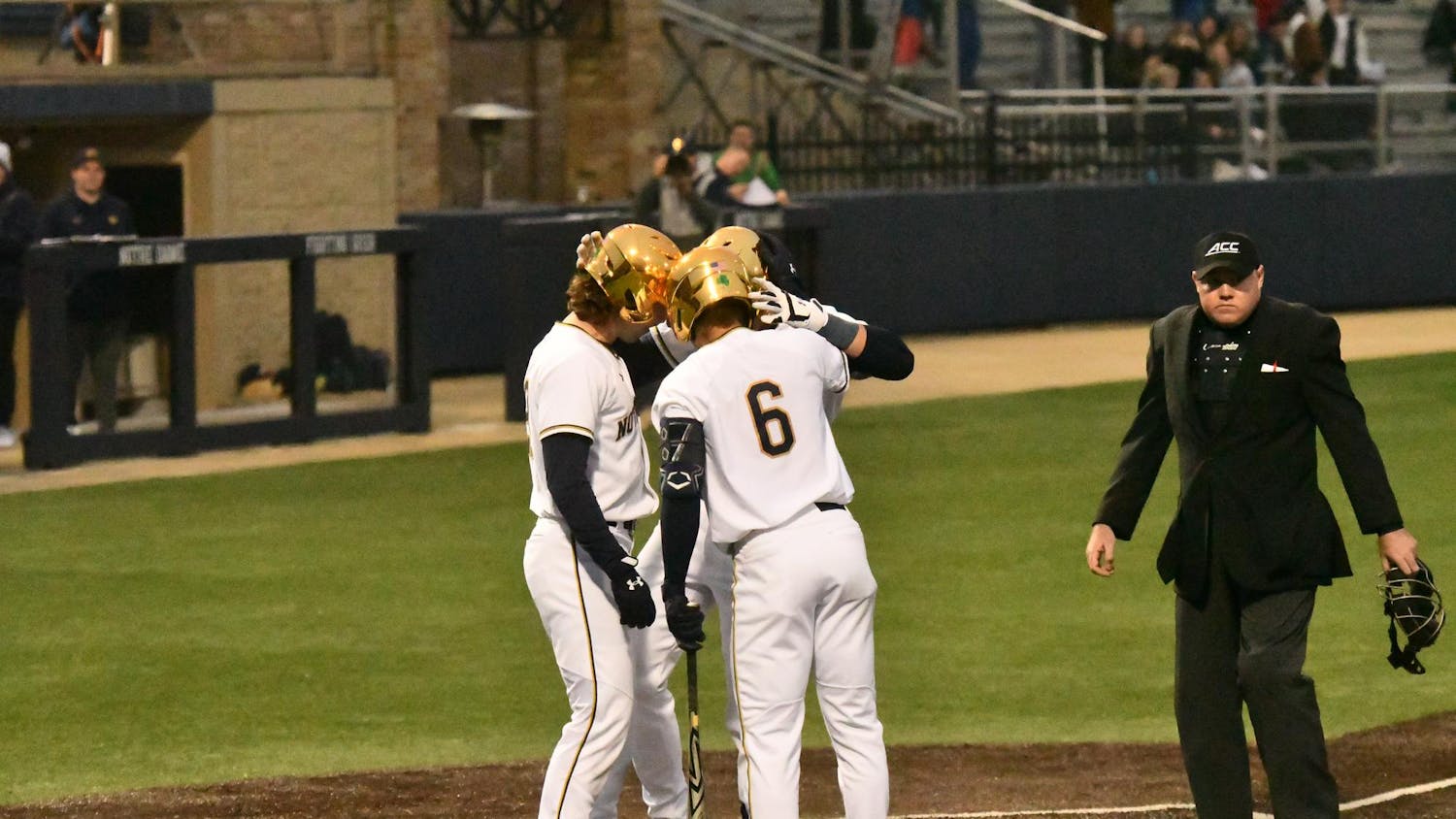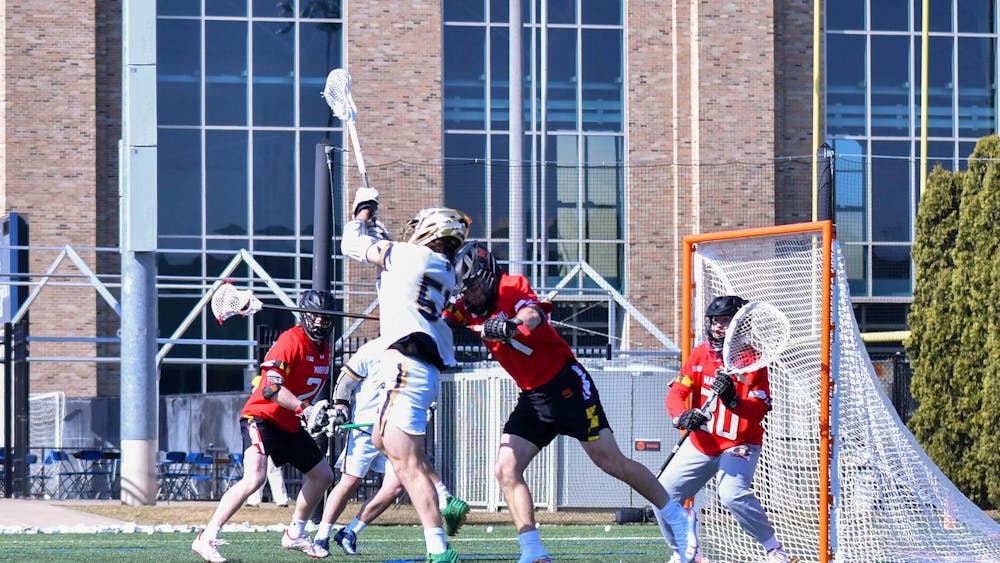There are a lot of things to hate in sports. But in all of athletics, there's one thing in particular I can't stand: ties.
As a player, I hated ties. As a fan, I hate ties. And as a journalist, I still hate ties. There is nothing more unsatisfying than playing/cheering for 65 minutes — regulation in hockey plus the standard regular-season overtime — and ending up right where you began. Having to go over and shake your opponents’ hands while trying to decide whether or not you want to start a line brawl just so you can try to take away some sort of victory.
O.K., so I never did that, but after a tie, “Good game,” just has a hollow ring to it.
Yes, it very well may have been a good game, between two teams so evenly matched that neither one ended up distinguishing itself from the other in the ‘win’ column. Yet that is the whole blasted point of high-level athletic competition. There is a winner; there is a loser.
Most people go into a game, match, meet, etc. trying to win because they love winning. There are even some who go into a game trying to win simply because they hate losing so much. Either way, nobody goes into a game saying:
“Eh, I just feel like tying today, boys. Sound good?”
No fan tailgating in the parking lot or walking into the arena sees someone in the other team’s jersey and says, “I hope we tie you guys today!” They may wish them good luck or put a curse on everyone and their mother — but no one wishes for a tie.
Beginning with the 2005-2006 NHL season, if teams are still tied after regulation and a five-minute sudden-death overtime period, the game is decided in a shootout. No more going home unsatisfied, always a winner and a loser. I would argue it was one of the greatest decisions the NHL has ever made because it guarantees a conclusive and exciting finish to every hockey game.
I have heard arguments that get hung up on awarding an extra point to a team based on a tiebreaker where only three or four skaters and a goalie compete for the entire team, that a win in a shootout should not be worth as much in the conference standings as a regulation or overtime win.
If you are so worried about that then, make the points different. As it stands now, in the NHL for example, the winner of every game gets two points, while the loser gets none if they lose in regulation and one if they lose in overtime or a shootout.
In my perfect sports world, if I were looking to keep action going at full speed, this is how overtime would go: if tied at the end of regulation, you go to the standard, four-on-four overtime period. If still tied, go to a five-round shootout to decide a winner.
The points breakdown would be as follows: three points for a regulation or overtime win, two points for a shootout win. That way, you get added incentive for winning through normal play. The loser, on the other hand, gets nothing for a regulation loss and one point for either an overtime or shootout loss. Basically, you can play with literally nothing to lose and everything (two points) to gain in overtime, while still having one point up for grabs in the shootout if nothing happens in extra time.
I could get really fancy and say that after the four-on-four overtime, you could slide in another five-minute, three-on-three overtime period. For those of you who have never seen a three-on-three with guys who can skate like the wind, I’m sorry. You’re missing out. But again, that would be in an ideal world.
Instead, we all have to settle for ties. Settle for the awkwardness of having watched an athletic spectacle that basically gave us absolutely nothing to brag or seethe about. Settle for settling for nothing.
Heck, I would even take a shootout just for shootout’s sake. You do not even have to actually count it for anything other than the fact that it gives the illusion that one team won and the other lost. It would not tide me over indefinitely, but at least it’s something.













